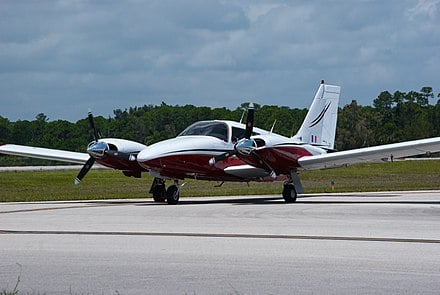
The Piper Seneca III Aircraft: Soaring Above Its Class
The realm of twin-engine light aircraft is dotted with several marvels, but few shine as brightly as the Piper Seneca III. This stunning aircraft seamlessly combines functionality, performance, and technology. Here, we take a deep dive into its fascinating journey.
HISTORY:
The Piper Seneca, produced by Piper Aircraft, first saw the light of day in the early 1970s. The Piper Seneca III, introduced in 1981, is the third variant of this renowned series. Initially designed as a twin-engine version of the Piper Cherokee, the Seneca quickly carved its niche, making waves in both the personal aviation and business sectors.
DESIGN:
- Wingspan: 38 feet 11 inches
- Length: 28 feet 7 inches
- Max Takeoff Weight: 4,750 pounds
- Seating Capacity: Typically seats 6 (including the pilot)
This aircraft boasts a design that emphasizes comfort and efficiency. The cabin is designed for ease of access and comfort, and the aerodynamic shape ensures smoother flights.
PERFORMANCE:
- Top Speed: About 207 mph (333 km/h)
- Range: Approximately 1,000 miles (1,609 km)
- Service Ceiling: 25,000 feet
- Fuel Efficiency: Varies based on load and conditions, but on average, the Seneca III consumes about 24 gallons per hour.
TECHNOLOGY:
The Piper Seneca III is equipped with state-of-the-art avionics, offering pilots a seamless and intuitive flight experience. Enhanced safety systems include weather radars and advanced communication tools. The aircraft also boasts efficient turbocharged engines, ensuring both power and reliability.
VARIANTS:
While the Seneca series has multiple models from I-VI, the Seneca III specifically brought in improvements in engine power and other modifications from its predecessors. Following the III, later models focused on avionic upgrades and further enhancements in design and technology.
OPERATORS:
While the Piper Seneca III is primarily known in the private aviation and business sectors, flight schools around the world also utilize it for twin-engine training due to its reliability and forgiving nature. Charter services often operate the Seneca III for short to mid-range flights.
In summary, the Piper Seneca III is not just an aircraft – it's a testament to impeccable engineering, relentless pursuit of performance, and a passion for aviation. This aircraft’s legacy in the annals of aviation history is cemented by its popularity, technological advancements, and timeless design.
If you're as captivated by the Piper Seneca III as we are, don’t forget to share this post with fellow aviation enthusiasts!
This article uses material from various web resources and Wikipedia article, released under the Creative Commons Attribution-Share-Alike License 3.0.

